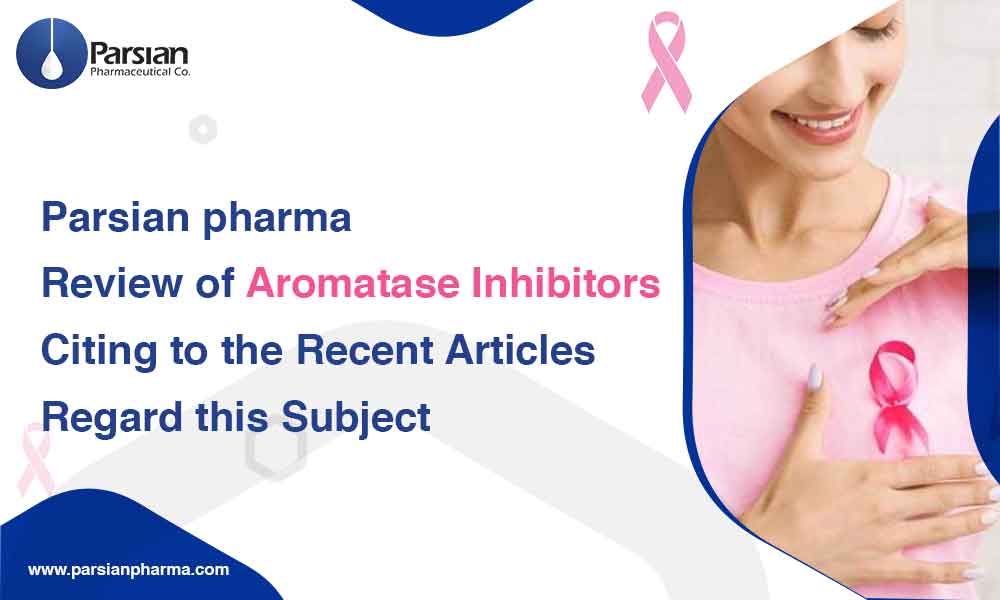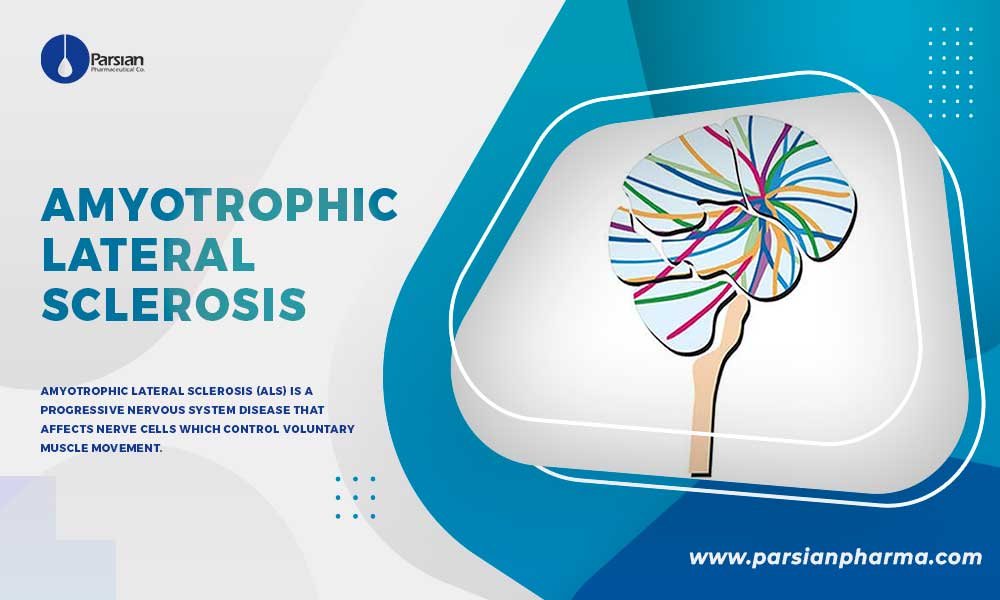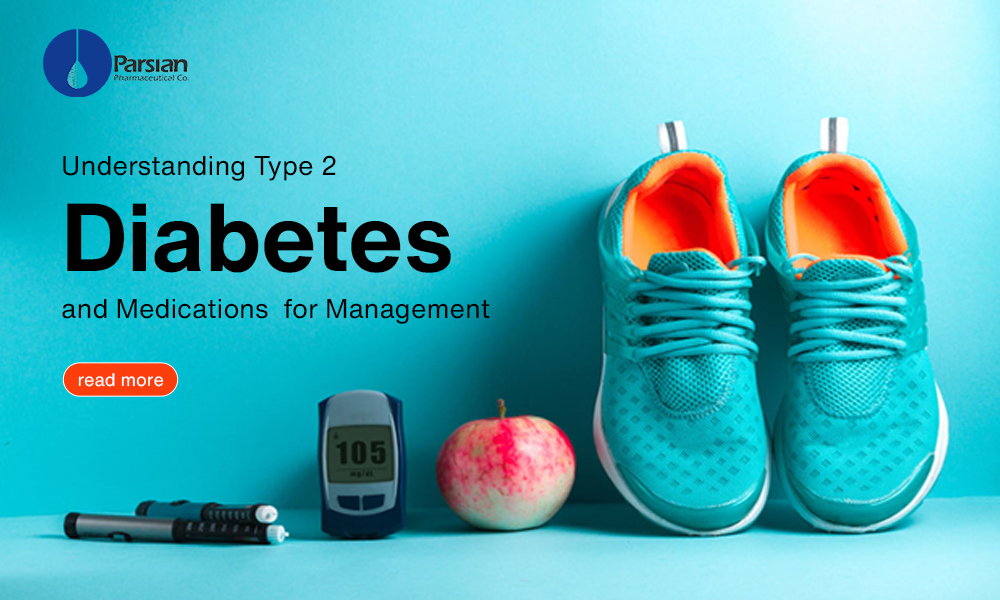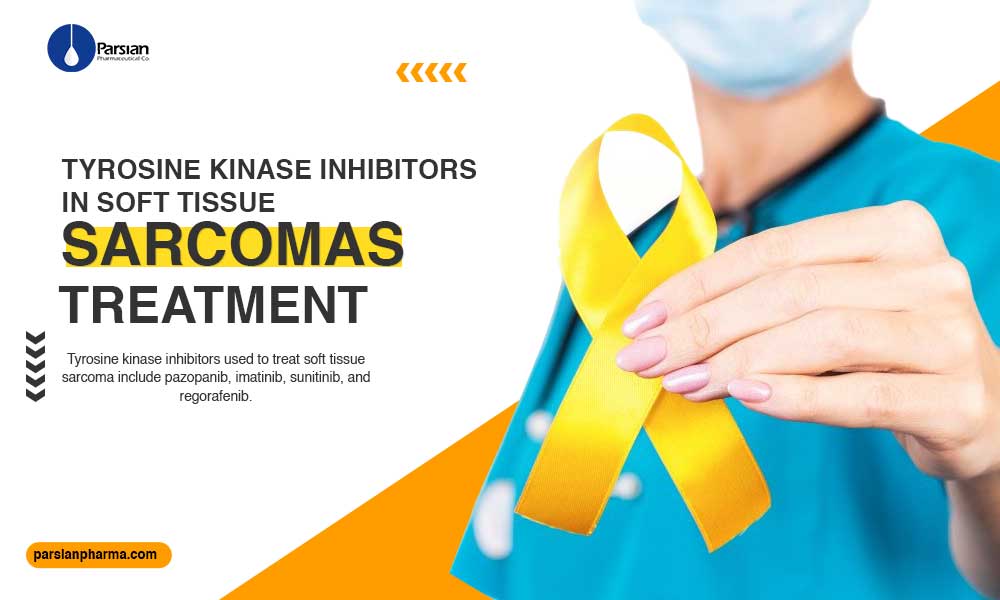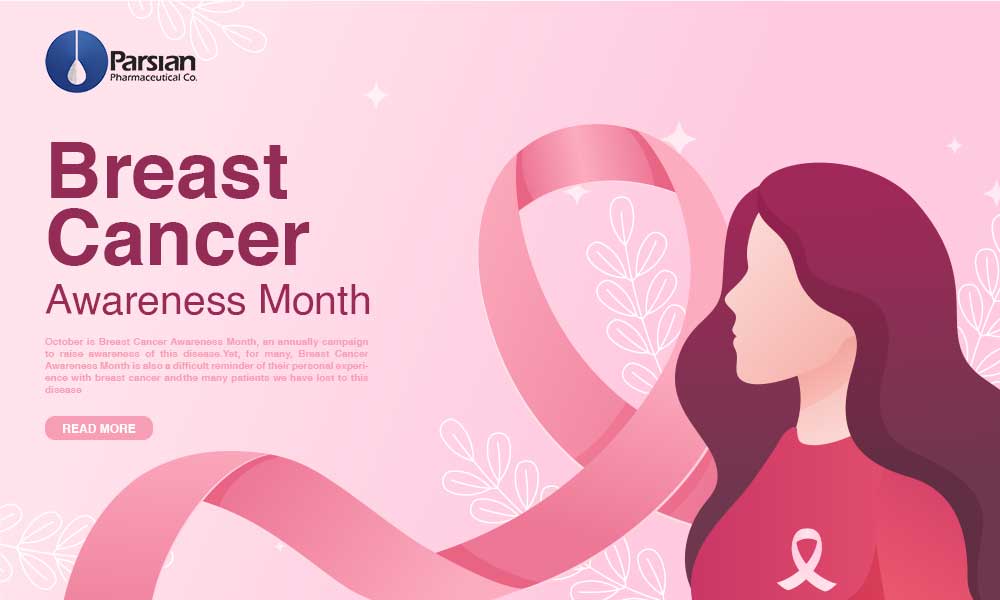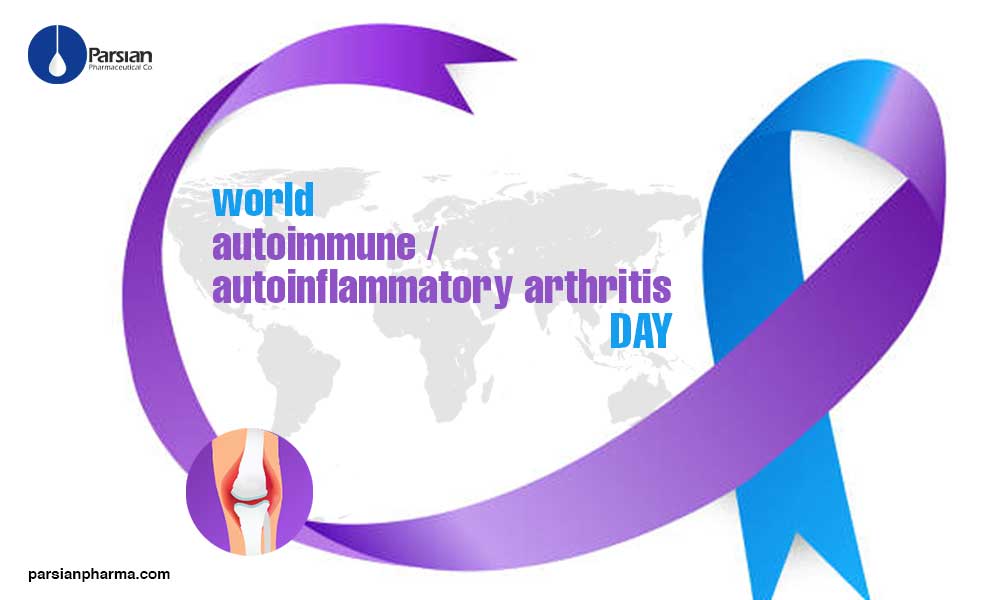Parsian pharma review of aromatase inhibitors (AIs) citing to the recent articles regard this subject:
Key points that led Parsian pharma to choose Letrozole over other aromatase inhibitors
Cell growth in breast cancer is essentially derived by estrogen in both premenopausal and postmenopausal women. Most of the breast cancer cases are among postmenopausal women, and risk of breast cancer is concurrent with the increasing of age. Due to important role of enzyme aromatase in estrogen biosynthesis, aromatase inhibitors (AIs) are an effective targeted therapy in patients with Estrogen Receptor positive (ER+) breast cancer. Up to now, three generations of aromatase inhibitors (AIs) have been FDA approved, currently third-generation of them i.e; Letrozole, Anastrozole, Exemestane are being used as a standard treatment of early and advanced breast cancer in postmenopausal women (PMW) suffering from an estrogen receptor-positive (ER+) disease. The third-generation of aromatase inhibitors (AIs) are classified into two groups, reversible aromatase inhibitors (Letrozole and Anastrozole) and irreversible aromatase inactivator Exemestane. However, physicians at this stage very often have to choose between either Anastrozole or Letrozole in general practice. Letrozole and Anastrozole have recently showed better efficacy in comparison with Tamoxifen as initial therapy for early breast cancer improving disease-free survival. Although Letrozole and Anastrozole are in the same pharmacological class, Preclinical and clinical studies suggests that these medicines are not equipotent when given in the clinically established doses. So in this review Parsian pharma scientific section has focused on the differences between the non-steroidal aromatase inhibitors (AIs), to allow physicians to choose the better treatment option between these two compounds based on scientific evidence. All these factors resulted in practicing among Letrozole and Anastrazole efficacy over other AIs options by Parsian pharma research and development department.
Background
The main source of estrogen in postmenopausal women is made from aromatization of androgens, which are produced by the adrenal glands. Due most breast cancer cases are hormone dependent type, agents that are design to target estrogen signaling pathway have been traditionally prescribed for breast cancer patients. The first targeted therapy for inhibition of estrogen signaling pathway is Tamoxifen. But Tamoxifen has some multiple concerning side effects, especially risks of venous thromboembolism and endometrial cancer. Based on clinical and experimental data, due to partial agonist effects of Tamoxifen, it can have limit clinical effectivity. All these led to exploration of new treatment approach which target the ligand production by inhibiting the aromatase enzyme, they are named by aromatase inhibitor. Aromatase inhibitors have greater responses compared to Tamoxifen. Currently, third-generation of aromatase inhibitors (AIs) are being used, namely Anastrozole, Letrozole, and Exemestane. Currently. Although currently, Exemestane is the only widely used aromatase inactivator, but very often either Anastrozole or Letrozole are being prescribed in general practice. Third-generation aromatase inhibitors have adverse effects similar to symptoms of menopause, with manageable and predictable safety profile. The severe adverse effects which are associated with Tamoxifen are not being observed with aromatase inhibitors. Each one of the Third-generation aromatase inhibitors are taken orally once a day.
Letrozole superiority over Anastrazole:
The new standard care in both early and metastatic breast cancer for HR + postmenopausal women is aromatase inhibitors. Letrozole has highest in-vivo potency, with superior E2 suppression in human breast cancer tissue, compared with Anastrozole. The most potent non-steroidal aromatase inhibitor is Letrozole. The only aromatase inhibitor that has superior efficacy in both the neoadjuvant and adjuvant settings compared with Tamoxifen is Letrozole. Letrozole is associated with significant reduction of early DM in the adjuvant setting and a survival benefit is emerging with longer follow-up in the BIG 1–98 trial. But according to 100-month survival data from the ATAC trial, Anastrozole vs Tamoxifen are not associated with overall survival. On the basis of available evidence, Letrozole seems to be the best choice for the most breast cancer patients whenever a non-steroidal aromatase inhibitor has to be chosen in a clinical setting. All this resulted in manufacturing and developing Letrozole over other AIs by Parsian pharma pharmaceutical company, for helping breast cancer patients to be cured in a better way.
Summary of Letrozole superiority over Anastrazole:
| Benefit | Letrozole | Anastrozole |
| New standard care in both early and metastatic breast cancer for HR + PMW | + | + |
| Highest in-vivo potency, with superior E2 suppression in human breast cancer | + | – |
| Most potent non-steroidal aromatase inhibitor | + | – |
| Superior efficacy in both the neo-adjuvant and adjuvant settings compared with Tamoxifen | + | – |
| Significant reduction of early DM in the adjuvant setting | + | – |
| 100-month survival data from the ATAC trial do not demonstrate an overall survival benefit vs Tamoxifen. | – | + |
You can find out more treatment options for Breast cancer in recent Parsian pharma article:CDK
related products :
Some of the main references that Parsian pharma scientific section has observed them:

